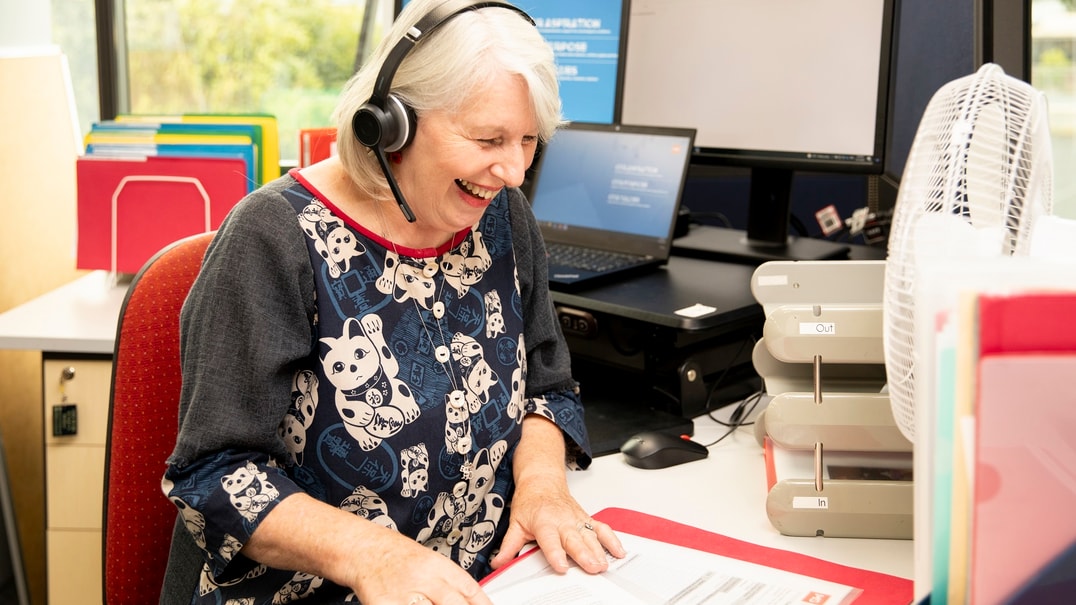Approximately one third of people living with multiple sclerosis (MS) will experience tremors. Learn more about how MS can cause tremors and how to manage this symptom.
Support and services
We offer a wide range of services and support to help you manage your health and wellbeing – so you can maintain your lifestyle and achieve your goals.



